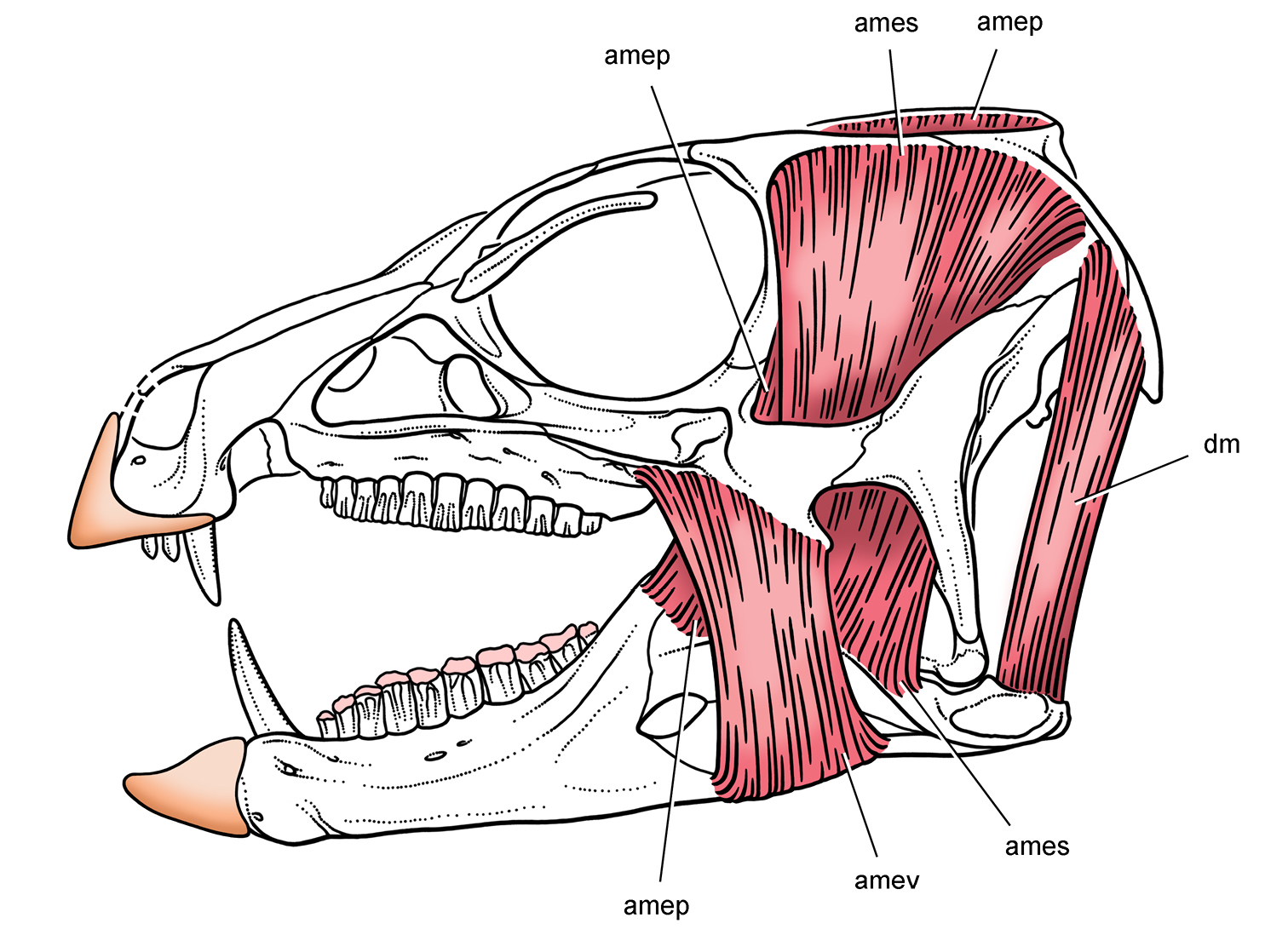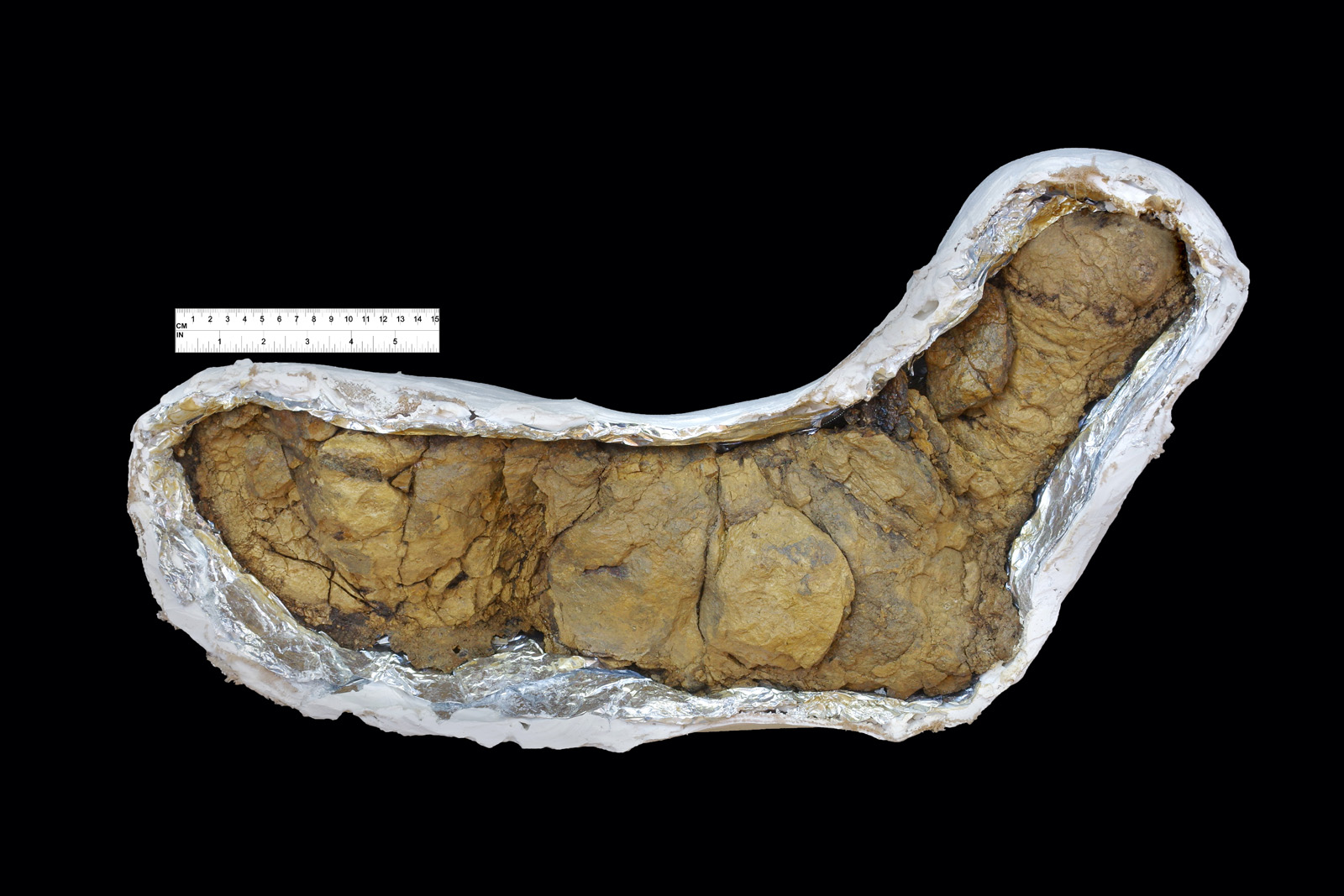Picture this: you’re munching on a crispy apple, your teeth grinding away, breaking down every fiber with mechanical precision. Now imagine a massive Triceratops doing something remarkably similar 68 million years ago, its powerful jaws working methodically to process tough plant material. This isn’t science fiction – it’s a fascinating reality that’s reshaping our understanding of dinosaur feeding behavior.
The Chewing Revolution That Changed Everything
Most people think dinosaurs were simple creatures that gulped down their food whole, but recent discoveries have shattered this misconception completely. Scientists have uncovered evidence that many dinosaur species possessed sophisticated chewing mechanisms that rival those of modern mammals.
The breakthrough came when paleontologists began examining dinosaur skulls with fresh eyes, looking beyond size and shape to understand function. What they found was revolutionary – complex jaw joints, specialized teeth, and muscle attachment points that told a story of deliberate, methodical food processing.
Ancient Jaws Tell Amazing Stories
Dinosaur skulls preserve incredible details about how these ancient creatures lived and ate. The jaw joints in many herbivorous dinosaurs show clear signs of lateral movement – the side-to-side grinding motion that’s essential for effective chewing.
Take hadrosaurs, for example. These duck-billed dinosaurs had jaw joints positioned in a way that allowed their lower jaws to move outward when they opened their mouths. This created space for their dental batteries – rows upon rows of tightly packed teeth – to slide past each other in a grinding motion.
The muscle attachment sites on these skulls tell an equally compelling story. Deep grooves and ridges show where powerful chewing muscles once anchored, providing the force needed to break down tough plant material.
Dental Batteries: Nature’s Food Processors
Perhaps the most impressive chewing adaptation in dinosaurs was the development of dental batteries. These weren’t individual teeth but rather continuous grinding surfaces made up of hundreds of small teeth fused together.
Hadrosaurs and ceratopsians perfected this system to an art form. Their dental batteries could contain over 1,000 individual teeth at any given time, constantly replacing worn teeth with fresh ones from below. This created a self-sharpening grinding surface that never dulled.
The efficiency of these dental batteries was remarkable. Studies suggest they could process plant material more effectively than many modern herbivorous mammals, turning tough leaves and stems into easily digestible pulp.
The Ceratopsian Chewing Champions
Triceratops and its relatives took chewing to another level entirely. These massive herbivores had some of the most sophisticated chewing mechanisms ever discovered in dinosaurs, with jaw muscles that could generate tremendous grinding forces.
Their skulls show evidence of complex chewing cycles, where food was systematically broken down through multiple grinding phases. The jaw joint allowed for both vertical and horizontal movement, creating a figure-eight chewing pattern similar to modern ruminants.
Recent studies of ceratopsian jaw mechanics suggest they could process even the toughest Cretaceous vegetation, including fibrous ferns and cycads that would challenge most modern herbivores.
Hadrosaur Feeding Factories
Duck-billed dinosaurs were the ultimate plant-processing machines of the Mesozoic era. Their chewing apparatus was so advanced that some scientists compare it to a biological food processor, capable of breaking down massive quantities of vegetation daily.
The key to their success lay in their unique jaw design. Unlike most reptiles, hadrosaurs could move their upper jaws outward while chewing, creating a more effective grinding action. This pleurokinetic movement, combined with their dental batteries, made them incredibly efficient feeders.
Evidence suggests that large hadrosaurs like Parasaurolophus could process over 200 pounds of plant material per day, requiring highly efficient chewing mechanisms to extract maximum nutrition from their food.
Sauropod Surprises: Giants That Couldn’t Chew
Interestingly, not all herbivorous dinosaurs were chewers. The massive sauropods – think Brontosaurus and Diplodocus – had relatively simple teeth designed for stripping vegetation rather than processing it. These giants compensated for their lack of chewing ability in other ways.
Sauropods likely relied on gastroliths – stomach stones – to help grind their food internally. They also had extremely long digestive tracts that allowed for extensive fermentation of plant material, similar to modern elephants.
This contrast highlights the diversity of feeding strategies among dinosaurs and shows that chewing wasn’t the only path to herbivorous success in the Mesozoic world.
Muscle Power: The Engine Behind the Grind

The chewing ability of dinosaurs depended heavily on their jaw muscles, and fossil evidence reveals some truly impressive muscle systems. Computer models based on skull anatomy suggest that large ceratopsians could generate bite forces exceeding 50,000 pounds per square inch.
These powerful muscles didn’t just provide force – they also enabled the complex movements necessary for effective chewing. The arrangement of muscle attachment points shows that dinosaurs could coordinate multiple muscle groups to create sophisticated chewing patterns.
The temporal fenestrae – openings in the skull behind the eye sockets – housed massive jaw muscles that gave dinosaurs their chewing power. The larger these openings, the more powerful the chewing apparatus.
Fossil Evidence of Ancient Meals

Sometimes paleontologists get lucky and find direct evidence of dinosaur chewing behavior preserved in stone. Coprolites – fossilized dung – reveal the end results of dinosaur digestion and provide insights into how thoroughly they processed their food.
Well-chewed plant material in dinosaur coprolites shows clear signs of mechanical breakdown, with plant fibers reduced to small, uniform fragments. This level of processing requires effective chewing mechanisms and suggests that many dinosaurs were indeed sophisticated food processors.
Stomach contents preserved in some dinosaur fossils also show evidence of thorough chewing, with plant material broken down into small, digestible pieces rather than large chunks that would indicate simple swallowing.
Modern Comparisons: Learning from Living Animals
To understand dinosaur chewing, scientists often compare fossil evidence with modern animals that have similar feeding strategies. Horses, cows, and other large herbivores provide excellent models for understanding how effective chewing systems work.
Modern ruminants show us that sophisticated chewing isn’t just about processing food – it’s about maximizing nutritional extraction from low-quality plant material. The parallel evolution of complex chewing systems in both dinosaurs and mammals suggests this was a crucial adaptation for large herbivores.
The similarities between dinosaur and mammalian chewing systems are striking, despite their independent evolution. Both groups developed dental batteries, complex jaw movements, and powerful muscle systems to solve the same fundamental problem: how to efficiently process tough plant material.
The Evolutionary Arms Race
The development of sophisticated chewing mechanisms in dinosaurs was likely driven by an evolutionary arms race between plants and herbivores. As plants evolved tougher defenses – thicker cuticles, more fiber, toxic compounds – herbivores had to develop better ways to process them.
This co-evolutionary pressure led to increasingly sophisticated feeding adaptations throughout the Mesozoic era. Early dinosaurs had relatively simple teeth, but by the Late Cretaceous, some species had evolved chewing systems that rivaled those of modern mammals.
The timing of these adaptations coincides with major changes in plant communities, suggesting that dinosaur chewing evolution was closely tied to the rise of flowering plants and other tough vegetation.
Implications for Dinosaur Ecology
The ability to chew food effectively had profound implications for dinosaur ecology and behavior. Efficient chewing allowed herbivorous dinosaurs to extract more nutrition from their food, supporting larger body sizes and more complex social behaviors.
Chewing also influenced feeding strategies and habitat preferences. Dinosaurs with sophisticated chewing mechanisms could exploit tougher vegetation that other herbivores couldn’t process, reducing competition and allowing for ecological specialization.
The energy efficiency gained through effective chewing likely contributed to the success of many dinosaur groups, allowing them to thrive in diverse environments throughout the Mesozoic era.
Changing Our View of Dinosaur Intelligence
The complexity of dinosaur chewing systems suggests these animals were far more sophisticated than previously thought. The neural coordination required for complex chewing patterns indicates well-developed brain regions for motor control and sensory processing.
This challenges the old stereotype of dinosaurs as simple, primitive creatures. The ability to coordinate complex jaw movements while monitoring food texture and adjusting chewing intensity requires considerable neural sophistication.
Recent research suggests that the most advanced dinosaur chewers may have had cognitive abilities comparable to modern birds and mammals, at least in terms of feeding behavior and food processing.
Future Discoveries and Research
New technologies are revolutionizing our understanding of dinosaur feeding behavior. CT scanning allows scientists to see inside fossilized skulls and reconstruct muscle arrangements with unprecedented detail. Computer modeling helps us understand how these systems worked in living animals.
Advanced microscopy reveals wear patterns on dinosaur teeth that tell us exactly how they chewed their food. These microscopic scratches and polish marks provide direct evidence of chewing motions and feeding behaviors.
As more dinosaur species are discovered and studied, we’re likely to find even more sophisticated chewing adaptations. The diversity of dinosaur feeding strategies continues to surprise scientists and expand our understanding of these remarkable creatures.
The evidence is overwhelming: many dinosaurs were indeed sophisticated chewers, possessing feeding mechanisms that rivaled or even exceeded those of modern mammals. From the dental batteries of hadrosaurs to the powerful grinding systems of ceratopsians, these ancient creatures had evolved remarkable solutions to the challenge of processing tough plant material. This discovery fundamentally changes how we view dinosaur behavior and intelligence, revealing them as complex, highly adapted animals rather than the simple giants of popular imagination. The next time you chew your food, remember that you’re participating in a feeding strategy that was perfected millions of years ago by some of Earth’s most successful creatures. What other sophisticated behaviors might these ancient giants have possessed that we’re only beginning to understand?



